Unpredictable and dangerous
The largest, heaviest and fastest bird in the world packs a real punch or should that be a powerful kick?
One well-aimed strike from an ostrich’s long-muscled leg is sufficient to kill a lion or other large predator. Most birds have four toes or more but the ostrich is the only bird to have just two toes.


Cutting-edge research into shark mortality
Who doesn't remember the dramatic music from the film Jaws as the shark moved in for the kill? While the film, which first aired in 1975, captivated audiences, it also created fear and hatred for these magnificent animals.
We may fear sharks, but they have more to fear from us.
Nearly one-third of sharks are threatened with extinction...
Drones and AI to be used to protect seals
The UK is a crucial breeding ground for grey seals hosting 35% of the global population and although the population numbers are much better today with more than 160,000 seals, monitoring remains essential for protection purposes.


The brain-eating bird you might see in the UK
The battle for life and death is played out daily in the natural world but one small bird takes butchery to a whole new level.
A declining bird species gets a helping hand.
A tiny bird with its rounded body and sooty black cap may be a beautiful addition to the countryside but it is also Britain’s fastest-declining resident bird.
Associated with wet woodland and willow carr, willow tits favour wetlands, bogs and gravel pits. They can be located...


Tiny super-powered climate heroes
AN innovative project to safeguard a vital yet overlooked species is in place to monitor Antarctic Krill from space.
Brimstone butterfly and the miracle of metamorphosis
Who doesn't love to see the beautiful yellow brimstone butterfly with its distinctive leaf-shaped wings? Brimstones are one of the first butterflies to appear in the year and, for me, is a sign that the darker days of winter are fading and spring is on its way.
Adult brimstone butterflies hibernate in winter and have a natural anti-freeze in their blood.


Climate Change: Wealth over health?
Preparations to combat and prevent the detrimental risks associated with climate change have been frustratingly slow with world leaders seemingly reluctant to take serious action.
Here in the UK, there has been a delusional, ‘not us but them,’ approach and in many ways, the UK impact has been minimal in comparison with some other countries, but the reality is that climate change has the potential to be far worse than most would ever imagine.
A revolutionary study into bird brains
Scientists are trying to learn more about birds thinking patterns when they fly by looking inside birds’ heads.
Evolutionary biologists and neuroscience researchers have teamed up to recreate the brain structure of both living and extinct birds.


Can ants hold a grudge?
A new study suggests there is much more to ants than we have previously thought and they may even hold a grudge.
The secrets of bird song
Have you ever wondered about the many bird sounds and wondered why they occur and what they represent?
You are not alone if so as a new study endeavoured to find distinctive patterns within bird sounds.


Wild Insights: Unlocking the Secrets of a Leopards Roar
Solitary and highly elusive, leopards rely on stealth and camouflage as they stalk their prey often getting so close to the prey animals before attacking.
This elusiveness has often made research into leopard behaviour difficult but an important first step has been taken to identify individual leopard vocalisations.
Researchers in a new study found that each leopard....
Good news for pollinators
BEE-HARMING pesticides may soon be a thing of the past but neonicotinoids (pesticides) utilised on crops such as sugar beet have had dire consequences.
Even the smallest trace of the chemical can disrupt a bee’s ability to navigate or to reproduce.


LARGE DANGEROUS BUT NEGLECTED
Hippos have been labelled "neglected megafauna," due to a lack of scientific attention and limited research into their lives and habitats.
Hippos are already classified as vulnerable to extinction by the International Union for the Conservation of Nature (IUCN) Red List and new research suggests there is a huge gap in our knowledge.
What Price Human Life?
MORE than 1.5 million people died from heat and cold extremes in 2000 and now a new study predicts a sharp increase in temperatures and pollution-related mortality in the years to come.
It is anticipated that a fifth of the global population will be affected raising the question of why we are not doing more to protect against climate change.

NEW
Create a Wildlife Haven
This is the first in a series of how to care for nature and your garden. Take those first important steps. We have so much to share with you.
We know that climate change is a real risk to the wildlife around us. Creating a haven for nature helps wildlife to cope with the changes. Evolutionary change takes time and climate change is already seen to be affecting.....

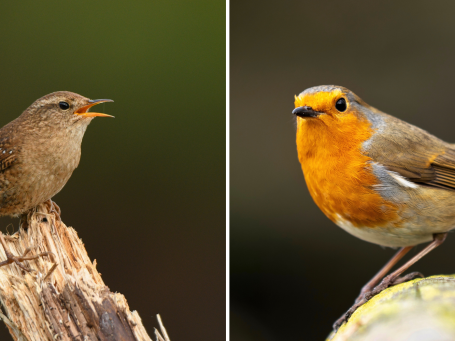


An incarnation of an Auroch to be released in Scotland
AN ANCIENT woodland close to the western shores of Loch Ness will soon become home to an animal bred specifically to resemble a species long extinct thanks to a conservation charity.
Aurochs (an ancient cattle breed) used to roam across Britain but disappeared around 1,300 BC. These were one of Europe’s largest land animals and the third heaviest following the woolly mammoth and woolly rhinoceros. probatus, vim at graecis tincidunt.

Bat Evolution and Funding
The evolution of birds has enabled them to fill many ecological niches but for bats, it is different.
Cornell University researchers have found that, unlike birds, the evolution of bats' wings and legs are tightly coupled, and it is this that prevents them from filling various ecological niches.
Legs and wings provide different functions.


Protect garden birds this winter
With the onset of colder weather and darker nights, it is time to start thinking about the birds in your garden.
While birds have some natural adaptations to help with survival, it can still be challenging for small birds to make it through the winter.
Will a human-rights approach to coral reef protection work?
Protecting nature often feels way down the list of priorities for governments and people generally unless any environmental issue hurts our way of life. There is little rush to protect the natural world for its own sake.
We always put people first……even though we are an intrinsic part of the natural world. Now, a new science project researching coral reef protections considers whether a human-rights approach to the safeguarding of marine ecosystems could work.

Challenging Sewage Dumping
WITH more than three million hours of sewage released into rivers and coastlines in England in 2023, natural biodiversity which includes otters, fish, beavers and kingfishers is at risk.


Where can wildlife live?
As a species, humans place considerable pressure on wildlife. Although this is well known, the demand for land and places to live means this pressure is likely to continue - so where will wildlife live?
For the long-term survival of many species, interlocking undeveloped areas through the creation of corridors to connect vital habitats has long been talked about as a solution but new research reveals flaws in this plan.
The highly predatory, and sometimes cannibalistic insect with some amazing skills
The praying mantis is a fearsome predator and once seen, is never forgotten. With its triangular head and irregular movements, these unique-looking insects have a distinctive hunting pose with the front legs folded as if in prayer hence the name.
These are fascinating insects.
Praying mantis are carnivorous insects with....

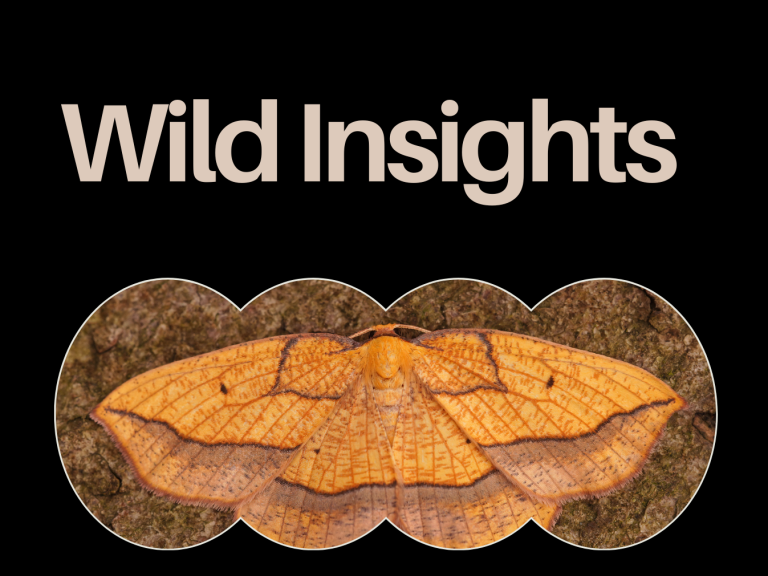
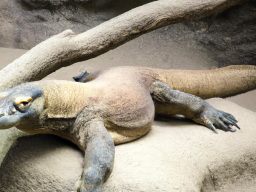


September Issue Wild Insights
Grab your copy
In this issue:
Introduction to the state of nature
How underground acoustics is amplifying the health of your soil
The glow in the dark pocket shark
Mining activities to damage valuable biodiversity hotspots
Saving the rare Dark-Bordered Beauty Moth
The biting power of Komodo Dragons
A challenging time ahead for the UK's Nightjars
£3.50 monthly or £36 per year.

The Glorious Success of the fish-eating Fen Raft Spider
Highly qualified and motivated professionals
While large spiders may not be to everyone’s taste, a spider that once faced extinction in the UK is making a comeback thanks to dedicated conservation efforts.
The large Fen Raft Spider is now steadily increasing due to the collaboration between Suffolk and Sussex Wildlife Trusts, Natural England, the Broads Authority, the RSPB and the British Arachnological Society.
The species became rare due to the destruction and degradation of lowland, and wetland habitats but since the spiders were introduced to two sites on the Norfolk and Suffolk Broads, sustainable populations have increased.
New study on butterflies and moths reveals something amazing.
Study confirms surprising pollination outcome for lepidoptera
A new study on butterflies and moths has revealed something amazing.
Data published in the Journal of the Royal Society Interface this month (July 2024) has revealed why butterflies and moths are some of the best pollinators even when not landing on a flower.
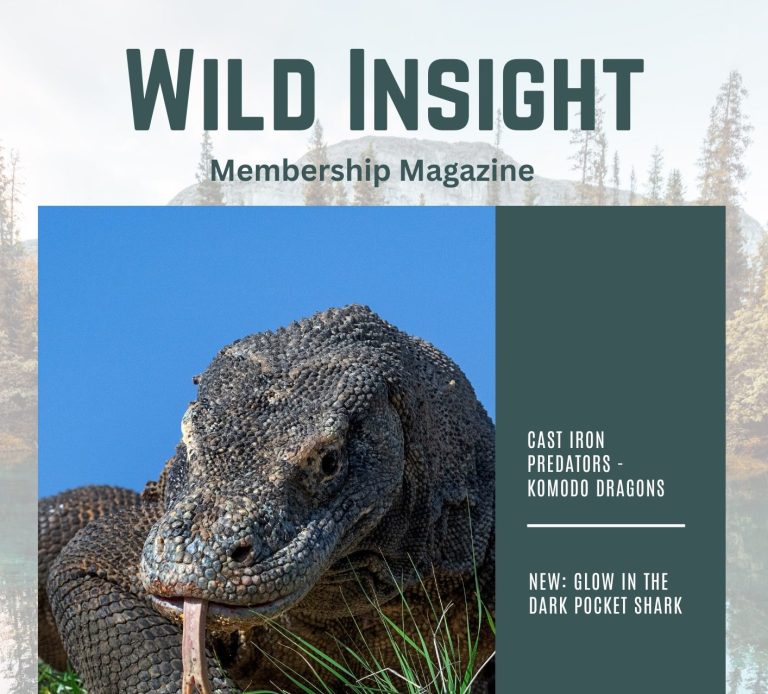
For the love of nature
Sign up for our free ONE PLANET NEWS newsletter or join our membership and receive WILD INSIGHTS publication.
One Planet News is our free newsletter and introduces you to exciting facts about wildlife across the globe.
Our paid-for Wild Insights membership + magazine gives you even more and will ignite the joy of nature.
ARTICLES
Love animals? Then why not take a look through some of our articles? They are informative and designed to spread the joy of nature.

Herbivores or meat-eating predators?
A startling revelation about Hippos
by Annette J Beveridge
Unpredictable and aggressive, hippos are known to be one of the most dangerous animals in the world but new research has revealed a dangerous new edge to these animals.
Hippos are responsible for about 500 human deaths each year and as they are highly territorial, they will also come into conflict with other animals. The canine teeth which grow up to 20 inches in length is used for fighting off predators and used against other hippos.
Research confirms that these herbivores will also predate upon other animals too.
These are huge animals growing to more than 10 feet in length and up to five feet at the shoulder. Hippos weigh between 3,000 and 10,000 pounds. The females are smaller and weigh about 3,000 pounds on average.
These animals may appear docile but mood can turn in an instant. Jaws open to 180 degrees and clamp down with a force that far exceeds that of a human. A hippo is able to hold its breath under water for up to five minutes and this makes it difficult to detect its presence.
On land, despite its weight, hippos can run up to 20 miles an hour.
Sharks hunting across land and sea
Introducing the tidal pool predator
Tucked away in the crevices of a reef, a small shark waits for the tide to recede exposing a network of rock pools where this shark can hunt without fear of becoming prey.
The Epaulette shark is highly adaptive using its pectoral and pelvic fins to walk and crawl while wriggling its tail to move across the ocean floor emerging to explore the series of rock pools left behind as the tide goes out.


Save the planet one step at a time
The term climate change has become an integral part of everyday language and while this is a good thing because it shows (however slowly) the message is getting across, we are still living on a knife-edge of vast environmental losses.
Every decision we make and every action we take can impact the world around us in a negative way. We are moving closer to a world that none of us would choose or recognise.
Scare tactics can have a debilitating impact on people and instead of taking action, people feel helpless, so a balance must be struck if to achieve the right approach. Even subtle changes can have a positive effect for good.
The Great River Crisis
New research reveals a worrying reality
Rivers are the lifeblood of any country. Who hasn’t taken a walk alongside a river or stream or relaxed on the river bank releasing the stresses of the day? Yet, these precious river systems are greatly at risk and as this new study shows, will impact both aquatic life and people.
New research published in the journal Nature Climate Change revealed that rivers are warming and losing oxygen faster than oceans.
Read the rest of the article here.

Air pollution degrades flower scent impacting pollinators
New research reveals the impact of toxic air on honeybees
Pollinators have long been at risk due to insecticides, fungicides, and herbicides. These neonicotinoids are coated on seeds or sprayed onto soil and permeate the tissue of plants. This eventually affects pollen and nectar.
These harmful chemicals damage learning and memory in honey bees and also, impacts other pollinators.
According to the Wildlife Trust, honeybees which are mostly kept in hives, pollinate up to 15% of the U.K.’s insect pollinated crops.
All pollinators should be protected because without them, it is unlikely, we would be able to pollinate sufficient levels of crops to feed everyone.
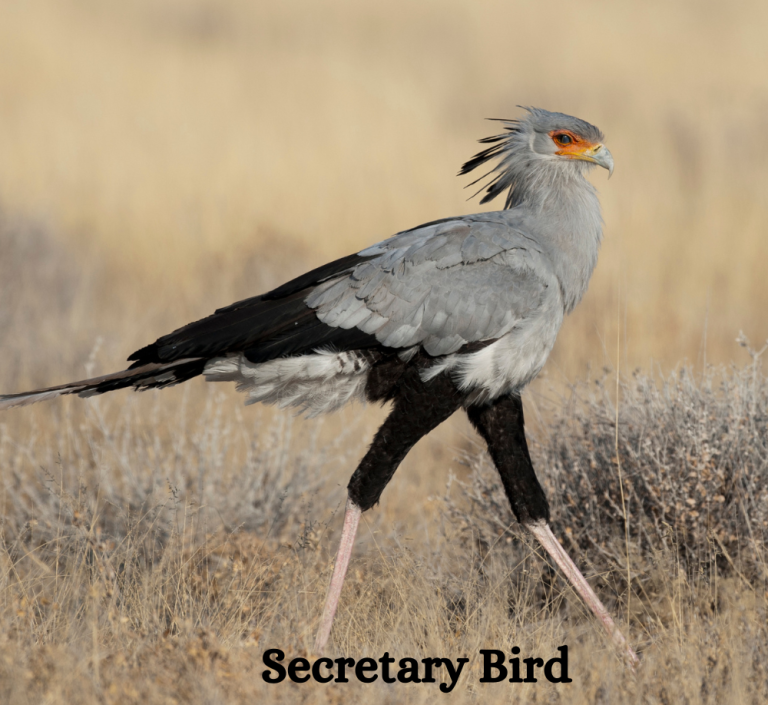
The powerful snake-stomping Secretary Bird
A RAPTOR that stalks and delivers a powerful blow to even the most venomous of snakes is facing real threat due to indiscriminate poisoning, habitat loss and habitat connectivity.
Reaching heights of up to 1.5 metres, (more than 4ft) and with a wingspan of up to 2.1 metres, (6 feet) Secretary Birds are tall, distinctive birds like no others. They can be found stalking the grasslands and savannahs of Africa.
A single kick delivers an impressive 195 newtons (43 lbs) of force at the head of targeted prey - snakes, rodents and other small animals.
Secretary birds are terrestrial. Although the birds can fly, it is a laborious and energy-draining process so when they take to the air, they often soar and make use of thermal columns lifting them up to 3, 800m (12,500 feet).

Deadly ambush predators
Intimidating and deadly - enter the world of the largest lizard on the planet - the Komodo Dragon.
Growing to a maximum length of 3m (9ft), dragons can weigh up to 70kg (150lbs). These are apex predators with the strength to take down and consume large animals such as deer or water buffalo. Nothing is off the menu….even people.
Ruthless carnivores, a dragon can gobble down almost its own body weight in just one sitting. Even the smaller dragons are at risk.

The brutal and climate-damaging livestock industry
Farming animals is one of the biggest contributors to climatic changes and more than 80% of animals caught up in the intensive factory farming industry live miserable lives.
The farming of livestock causes more than 14% of greenhouse gases and takes up more than 80% of agricultural land across the world. By reducing meat consumption or opting for a plant based diet, this would reduce land usage by 76% and dramatically cut greenhouse gases.
Emissions occur in multiple ways - through the animal’s digestive processes and of course, its manure which contains traces of salt and heavy metals. If ending up in water, salt and heavy metals begin to accumulate in sediment.....
©Copyright. All rights reserved.
We need your consent to load the translations
We use a third-party service to translate the website content that may collect data about your activity. Please review the details in the privacy policy and accept the service to view the translations.